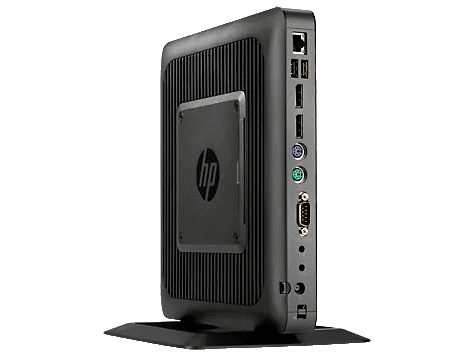And how exactly went my take on Windows 2019 with Storage spaces direct?
Rough, kind of a love-hate relationship.
Let’s be clear this is a nice system for large, professional deployments, could do very good work when mixed with a Hyper-V cluster, or maybe an SMB share, but that’s about it.
So I managed to get a storage spaces direct cluster running on my thin clients, paired with USB devices. First of all, of course you need Active Directory. It’s Microsoft technology, no way around it I guess. So I ran Hyper-V on the thin clients to separate my Domain controllers from my S2D nodes.
Now, to manage S2D, you’d better be using Windows Admin Center. And don’t go quick an dirty by installing Windows Admin Center on your Hyper-V host (it’s a lab after all), won’t work! It returns some shady error about WinRM not being configured etc. It started working after I installed it in a fresh VM (shame on me for trying take short-cuts, run multiple service on one server…).
So after I got the abomination called Windows Admin Center running(which is actually a quite nice application, but I’m still a bit pissed about the lost time due to the connection error), I could finally manage the S2D cluster.
Bummer one, I have 3 S2D nodes and had a whole plan worked out using mirroring to protect data, turns out I could only use 3-way mirroring. Down goes the usable storage capacity.
Bummer two, S2D keeps a portion of storage “reserved” for repairs etc, when disks break. This is nice to have, but it was not in my planned calculations. I could not disable it, so once again, down goes the usable storage capacity…
Then, I did not plan to use it for backing Hyper-V, I actually was thinking about exporting iSCSI volumes from it (Windows has a built-in iSCSI target service after all). Turns out you can’t combine these two… (bummer three). I quickly figured I could deploy a VM in a high available hyper-v cluster, on my S2D storage, and share the iSCSI disks from there. It would probably work, but it would take this way to far… (I honestly don’t know how the thin clients would cope with nested virtualization).
That on top of the fact that I could use only about 33% of the raw capacity (I also couldn’t select parity raid), I kind of ditched the idea. So now I have my Windows lab idle again, waiting for a new experiment…
This is starting to look a bit like a rant… so how did Storage Spaces Direct feel?
Well, to be honest, at first I was impressed it even worked with the old devices I tossed at it! Performance was bad, but in line with what you could expect from old USB drives clustered together by a couple of thin clients. Kudos for that! I know that the version of ScaleIO I tested a couple of years ago wouldn’t have done it, that’s for sure.
As said at the start of this post, Storage Spaces Direct is a good, sturdy solution to host your Hyper-V VMs on, or maybe an SMB share throughout your domain. But do keep it in the Microsoft ecosystem. Prepare to get creative if you want to do other things with it. But it most certainly is a good tool to add to your toolbox.
Downside? The amount of raw storage it seems to need. But in return you get a serious highly available system.
(Just don’t deploy it at home on shabby hardware.)
As always, YMMV!

